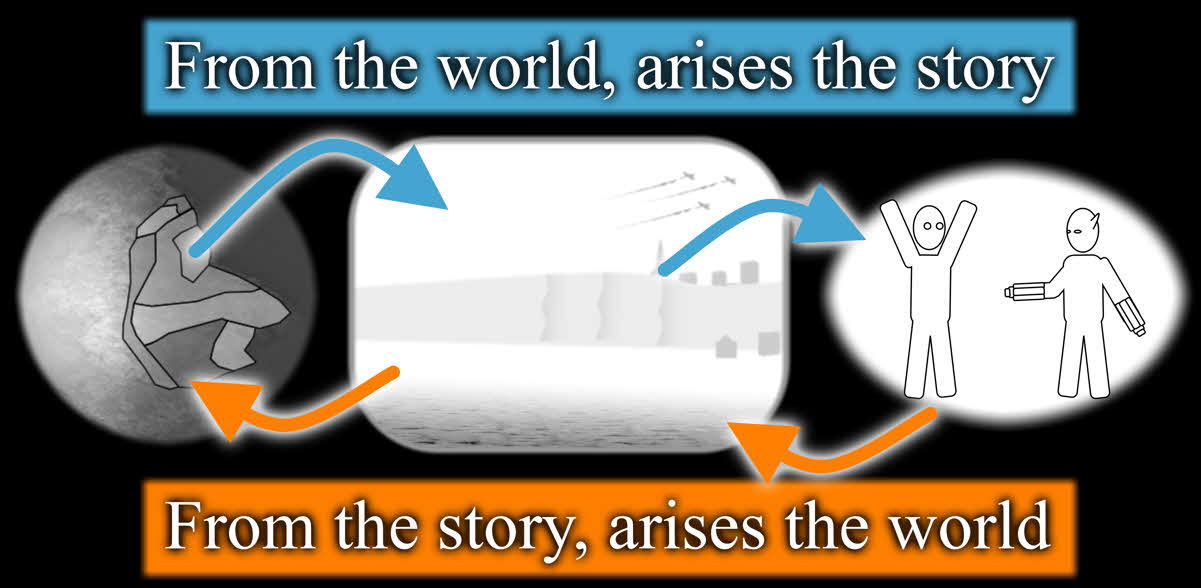
Fantasy-Sci-Fi
How to Write Fantasy and Science Fiction
So, you’re a writer. And you’d like to write fantasy and science fiction. You have a great idea for…
January 7, 2019
So, you’re a writer. And you’d like to write fantasy and science fiction. You have a great idea for…
January 7, 2019
The trend within the fantasy and sci-fi genres is to push for more detailed world-building within our stories. While…
May 7, 2018
Well, it took God six days to complete the one you’re living in, so don’t expect to make yours in one day.
Worlds are complicated things, and in order to make one believable, you’ll need to take into consideration a whole host of things from politics to geography.
